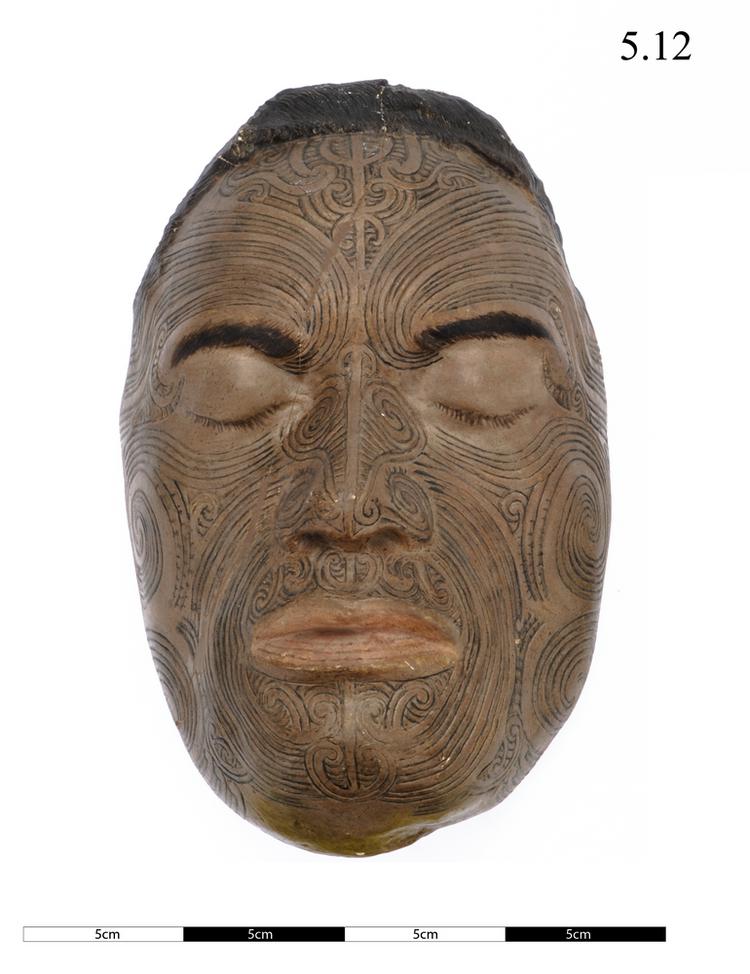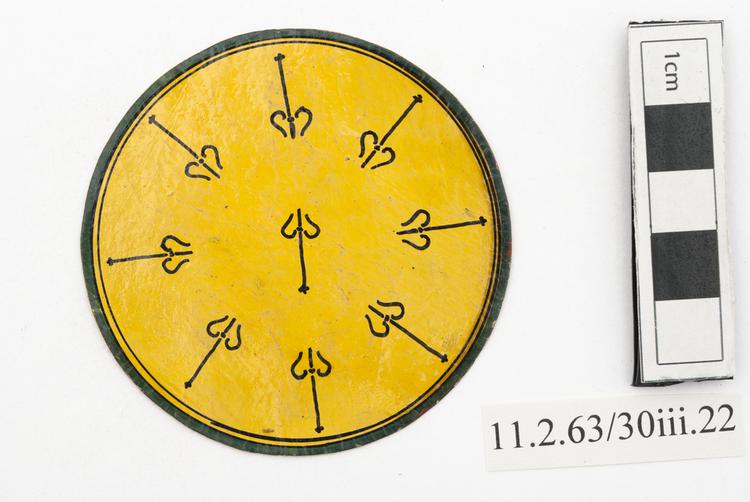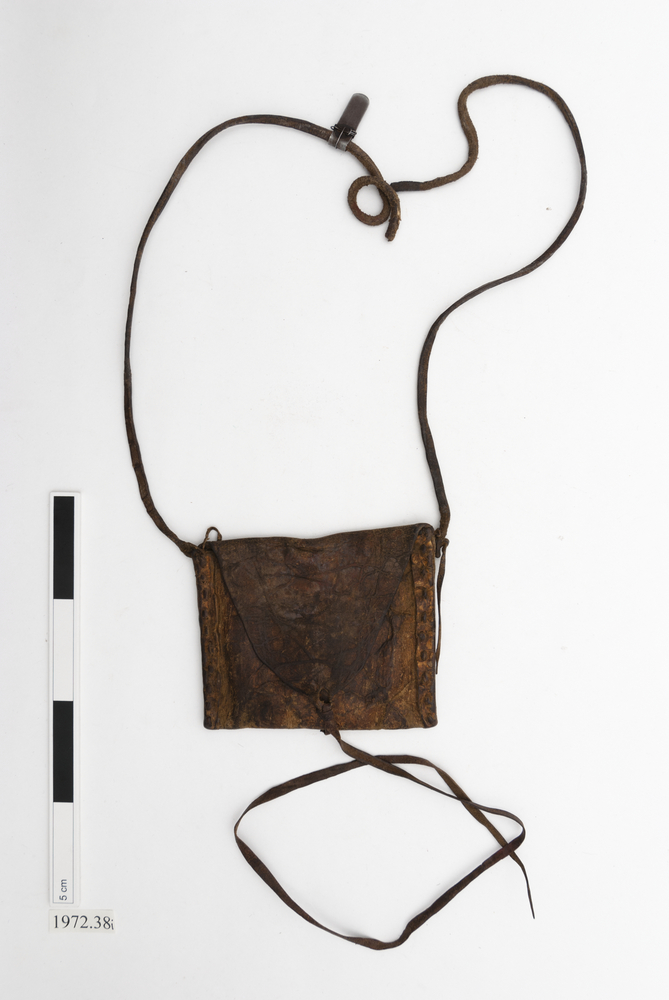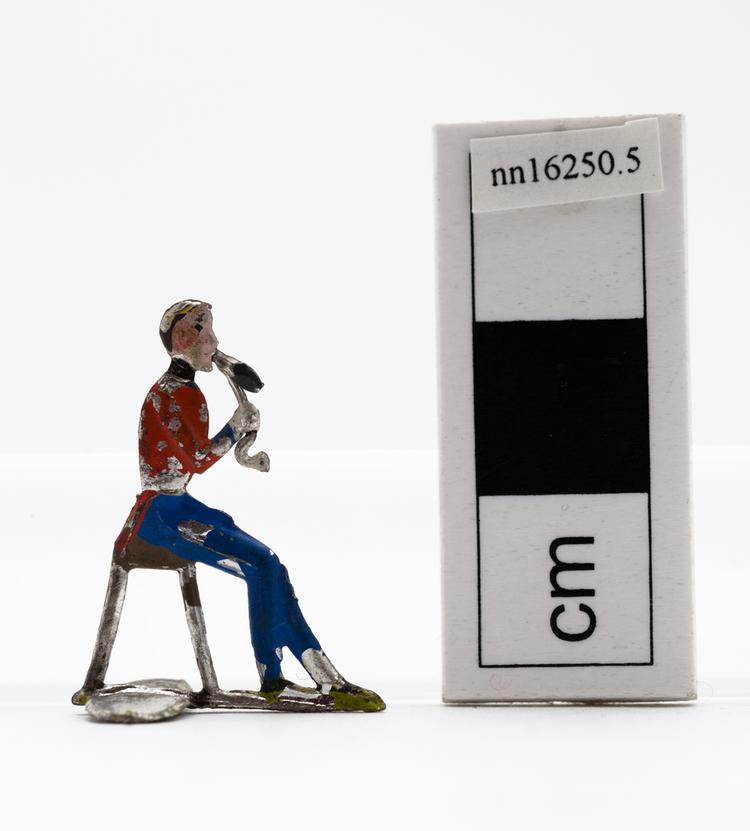
Unwrapped turban. Green and orange tie-dyed cloth with tassel.
It is opened out to form a single length of cloth and then wrapped around the head as a form of headgear. How is it used? Turbans are always made to measure, designed to fit the contours of the wearer’s head. There are many ways of tying a turban but the principle is nearly always the same. The user often wears a turban cap – a small fabric covering for the head, which keeps the hair in place beneath the turban. Over this, the strip of cloth forming the turban is held at the top of the head and then wrapped repeatedly around the head, at first in horizontal circles and then gradually tilting the circles until they are almost vertical. The earlier wraps of horizontal cloth provide a mass of fabric that helps support the more vertical wraps. When the wrapping is complete, with one end tucked under a previous wrap to hold the turban in place, it is tilted back so the wearer’s forehead is clear. Who is it used by and why them? Although not all Indian men wear turbans, in many areas of India – such as Rajasthan - turbans are an essential part of a man’s dress. It can be considered bad taste to appear in public without one’s turban. The colour and pattern of the turban, along with its style of tying, identifies the wearer’s hometown, social standing and profession. In addition, it is common in some areas to wear different styles of turban at different times of the year, or special turbans for festive events.
It is opened out to form a single length of cloth and then wrapped around the head as a form of headgear.
How is it used? Turbans are always made to measure, designed to fit the contours of the wearer's head. There are many ways of tying a turban but the principle is nearly always the same. The user often wears a turban cap – a small fabric covering for the head, which keeps the hair in place beneath the turban. Over this, the strip of cloth forming the turban is held at the top of the head and then wrapped repeatedly around the head, at first in horizontal circles and then gradually tilting the circles until they are almost vertical. The earlier wraps of horizontal cloth provide a mass of fabric that helps support the more vertical wraps. When the wrapping is complete, with one end tucked under a previous wrap to hold the turban in place, it is tilted back so the wearer's forehead is clear.
Who is it used by and why them? Although not all Indian men wear turbans, in many areas of India such as Rajasthan - turbans are an essential part of a man's dress. It can be considered bad taste to appear in public without one's turban. The colour and pattern of the turban, along with its style of tying, identifies the wearer's hometown, social standing and profession. In addition, it is common in some areas to wear different styles of turban at different times of the year, or special turbans for festive events. More respectful Hindi names for turbans, each denoting a turban of a different length or style.






